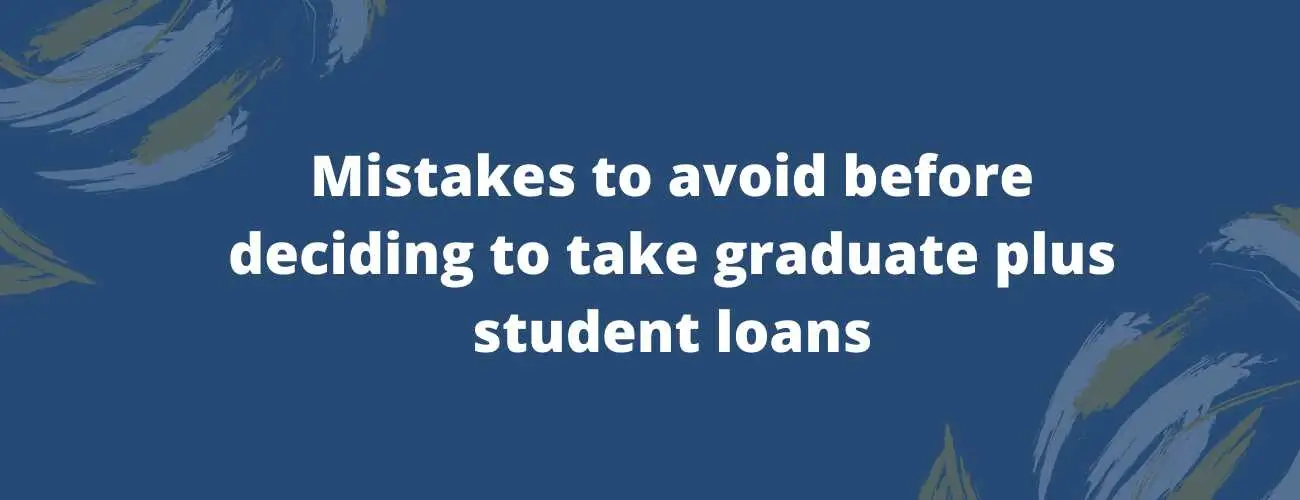Student Loan Forgiveness Programs for Teachers
Here is an in-depth article on Student Loan Forgiveness Programs for Teachers. The application process, eligibility, and alternative options are described to help you.
Updated by Jason Joy Manoj on 28th October 2020
Student loan forgiveness is a program for eligible borrowers where an amount of the remaining loan or the entire amount of the remaining loan balance is forgiven. By forgiveness, it implies that they no longer have to make payments for the forgiven amount. Different loan forgiveness jobs are qualified to get loan forgiveness.
What are student loan forgiveness programs for teachers and how does loan forgiveness work for teachers?
Teachers do qualify for teacher loan forgiveness programs so if you are a teacher who is currently making repayments for your student loan (s) or are about to start your repayments, you could be eligible for a student loan forgiveness program.
In this article, we will break down all the information you need to know about federal loan forgiveness for teachers. You will have a better understanding of how the teacher loan forgiveness program is made available to you such as Perkins Loan forgiveness and more.
Table of Contents
- Options available for loan forgiveness
- Direct loan forgiveness for teachers
- Repayment options
- Alternative options for assistance
Options available for student loan forgiveness
As per the statistics a college graduate has over $30,000 in student loan debt. Depending on the type of loans you have, you can check your eligibility to take up the teacher loan forgiveness programs as mentioned below.
There are several student loan programs, so there is no shortage of programs the only concern should be your qualifications for the program.
Here is a break down of the options available for you -
-
Direct loan forgiveness for teachers
-
Repayment options
-
Alternative options for assistance
Let’s say you don’t qualify for both the primary and secondary option, you don’t have to worry as there are alternatives you can go for.
With the various options available, you would be tempted to try two or three at once or even apply for loan forgiveness more than once. It should be noted that although you may be eligible for more than one program you can only apply to one.
But if you have enrolled with a repayment option (as mentioned in secondary options) then you will automatically get enrolled for forgiveness after a certain number of payments.
If given the situation that you want to apply for loan forgiveness after 10 or 20 years it should be noted that the Public Service Loan Forgiveness (PSLF) program allows complete forgiveness of the remaining balance after 10 years or 120 payments instead of the standard 20-25 year period. We will discuss more PSLF in detail in this article.
Direct loan forgiveness for teachers
The direct loan forgiveness for teachers is consisting of 4 basic programs, here we have discussed the list of eligibility requirements and how you can go about applying for the program.
1) Teacher Loan Forgiveness Program (TLF)
This teacher loan forgiveness program is for teachers who have worked full-time for five consecutive years. They also have to qualify for all the eligibility criteria to receive teacher loan forgiveness for the eligible loans, all of which are mentioned below.
Eligibility Criteria
-
Employed full-time for five consecutive, complete academic years as a highly qualified teacher
-
Employed at an educational service agency or a low-income school
-
The eligible loan was made before the end of the qualifying five years
-
At least one of the five qualifying years must be after the academic year 1997-1998
-
No other outstanding balance on Direct Loan or FFEL as of 1st Oct. 1998 or on the day of obtaining the eligible loan.
-
Your academic year may still be considered completed if your employer confirms that you have accomplished your contract requirements for salary increases, tenure, and retirement even if you completed only one-half of the academic year because -
-
You returned to continue postsecondary education, in an area directly related to the performance of the teaching, or
-
You were called for active duty as a member of a reserve component of the U.S. armed forces, or
-
You had a condition covered under the Family and Medical Leave Act, 1993
Who is a highly qualified teacher?
Has a Bachelor’s degree
The full state-certified teacher passed a state teaching licensing exam, or meet requirements set in the state's public charter school law if you are a teacher at a public charter school
Qualify on all of the following additional requirements below whenever applicable
Additional requirements
1 - For new teachers in Elementary School - Passed a rigorous state test
2 - For new teachers in Middle or Secondary School - Passed a rigorous state academic subject test, completed an academic major, a graduate degree, course work equivalent to an undergraduate academic major, or completed an advanced certification or credential for each of the subjects to be taught.
3 - For old teachers in Elementary, Middle, or Secondary School - Meet the same requirements as a new teacher, or passed a high, objective, uniform state standard of the evaluation set by the state which is made public upon request.
Eligible Loans
-
Direct Subsidized Loans
-
Direct Unsubsidized Loans
-
Direct Consolidation Loans - Only the outstanding portion of the amount used to repay Direct Loans
-
Federal Family Education Loan
-
Direct PLUS Loans of any kind are not eligible for forgiveness under this program
Forgiven Amount
-
The upper limit of forgiveness is
-
Up to $17,500 for highly qualified mathematics or science teachers in secondary school
-
Up to $17,500 for highly qualified special education teachers (at either elementary or secondary level) who provide special education to children with disabilities
-
Up to $5,000 for highly qualified elementary or secondary school teachers who teach the subject (s) other than mathematics and science
-
If you have loans under both the Direct Loan and FFEL Program, your upper limit is increased to $17,500 + $5,000, i.e. $22,500
-
If you have defaulted on your loan, you need to make acceptable repayment arrangements to be eligible for this forgiveness program
Application Procedure
The application process for the Teacher Loan Forgiveness application 2019 is fairly simple
Step 1 - Download the TLF application form from the Federal Student Aid website.
Step 2 - Fill in your details in the “to be completed by the borrower” sections.
Step 3 - Request the Chief Administrative Officer (CAO) of the educational service agency or school where you qualify for the forgiveness program to fill the “to be completed by CAO” section for certification.
Step 4 - Submit the completed form to your loan servicer. If you are applying for forgiveness for more than one loan under different servicers, fill separate forms for each loan and submit them to each corresponding servicer.
2) Public Service Loan Forgiveness Program (PSLF)
This program is for anyone who worked/works for the government or a not-for-profit organization with 120 qualifying monthly payments under a qualifying repayment plan for the eligible loans. Ultimately, teachers who were employed or are employed by such qualifying employers may avail of this program.
Unlike the TLF Program, the PSLF program forgives the entire remaining loan balance.
Eligibility Criteria
Teachers who are planning to apply for this teacher loan forgiveness program must qualify for the following eligibility criteria.
1 - Has worked for a Qualified Employer
The following criteria will help you determine if your employers are/were qualified.
Any government organization of the tribal, local, state, or federal level
Any not-for-profit organization under Section 501 (c)(3) of the Internal Revenue Code who are tax-exempt or who are not tax-exempt but provide qualifying public services
AmeriCorps or Peace Corps - Worked as a full-time volunteer
Note - You are required to work for such an employer at the time you submit your application for the teacher loan forgiveness program or during the time you receive the forgiveness.
2 - Has worked full-time
Your work is considered full-time if it qualifies one of the following criteria, whichever is higher
Your employer’s definition of full-time 30 hours a week
If you have worked under multiple qualifying employers, the cumulative working hours for one week must be 30 hours or more
Note - For a not-for-profit organization, time spent for proselytizing field works do not count as working hours.
3 - Has eligible loans
The following loans are considered to be eligible for this program.
Any non-defaulted loans under the William D. Ford Federal Direct Loan (Direct Loan) Program
Any Direct Consolidation Loans which were meant to pay off loans under the FFEL Program or Federal Perkins Loan
Note - For any loan consolidated under Direct Consolidation Loan, payments done before consolidation will not be counted into the qualifying payments.
4 - Has made 120 qualifying monthly payments
Your monthly payment will be considered if they fulfill the following criteria.
Payments made under a qualifying repayment plan
Full amount payments as shown in the bill made within 15 days after the due date
Note - These 120 qualifying payments need not be consecutive. But any payment that was done before 1st Oct. 2007 will not be included under qualified payment.
Also, only payments made for the due amount are considered qualified. This excludes any payments made during the grace period, deferment or forbearance period, or payments made while the loan has in-school status.
However, if the US Department of Defense has made lump-sum payments on behalf of borrowers towards their student loans, this may be considered qualified as more than one payment.
5 - Has Qualifying Repayment Plan
To avail of this program, you must be making payments under any of the Income-Driven Repayment Plans.
Note - The 10-year Standard Repayment Plan may be a qualified repayment plan but by the time you make 120 monthly payments, you would have already paid off your loan without any loan balance to be forgiven.
Qualifying Public Services
For employers who are not tax-exempt under Section 501(c)(3) of the Internal Revenue Code, they are still included in the qualifying employer if the organizations’ primary service is any one of the following -
Emergency management, Military Service, Public Safety, Law Enforcement, Public Interest Law Services, Early Childhood Education, Public Service for individuals with disabilities, for the elderly, Public Health, Public Education, Public Library Services, and other school-based services.
Employers that "not" qualify for PSLF
-
Labor unions
-
Partisan political organizations
-
For-profit organizations (including for-profit government contractors)
-
Government contractors - For-profit government contractors
Application Process
The teacher loan forgiveness application process for the PSLF Program is fairly simple. It includes a one-time submission of the Application Form and the submission of Employment Certificates.
PSLF Application Form
After you completed the 120 qualifying monthly payments you will not be automatically considered for the program. You have to initiate the application process yourself. Follow the steps given below.
Step 1 - Download the PSLF application form from the Federal Student Aid website.
Step 2 - Fill all your details under the “to be completed by the borrower” section.
Step 3 - Request your employer to fill all the necessary details under the “to be completed by the employer” section.
Step 4 - After making sure that all necessary details are filled and accurate, send the application form by mail to the following address -
U.S. Department of Education
FedLoan Servicing
P.O. Box 69184
Harrisburg, PA 17106-9184
PSLF Employment Certificate
The employment certificates are used by the US Department of Education to determine which payment you made under your current employer can be credited to your qualifying payments. It has to be submitted every year or every time you change employer. If these submissions are not done periodically, it has to be done at the time application.
Follow the steps given below.
Step 1 - Download the PSLF Employment Certificate form from the Federal Student Aid website.
Step 2 - Fill all your details under the “to be completed by the borrower” section.
Step 3 - Request your employer to fill all the necessary details under the “to be completed by the employer” section.
Step 4 - After making sure that all necessary details are filled and accurate, send the application form by mail to the address given above.
The Education Department will contact you if the certificate is approved, need modification or rejection. If rejected, you may be given a chance to provide additional information that may help your employment certificate qualify.
Should you combine TLF and PSLF? Which one is better?
You should consider the combination only if you believe that your job after 5 years may change, i.e. there is a good chance that you might quit the job or change it for a reason, or if your financial situation is forcing you to take the quicker-but-lower amount of forgiveness.
If that is not your case, and it is highly likely for you to have consecutive years of teaching for the next 10 years, there is no logical explanation for you to take the lower amount of forgiveness first, and wait for 15 years to be off of your debt when it can be done in 10 years.
3) Temporary Expanded PSLF (TEPSLF)
TEPSLF is an extension of PSLF for borrowers whose PSLF applications were rejected due to an ineligible repayment plan. In case you have submitted an application for PSLF and got rejected as a result of having made your 120 monthly payments under repayment plans other than the Income-Driven Repayment(IDR) Plans, you may be reconsidered for forgiveness.
Under the Consolidated Appropriations Act, 2018 a limited funding has been made to forgive the rejected PSLF application on a first come first serve basis. This program will be ceased once its funds exhaust.
Eligibility Criteria
1 - Direct Loans
Direct Loans without defaulted status are the only loans that will be eligible for the TEPSLF program. Any other loan including Direct PLUS loans, FFEL, and Perkins Loans will not be eligible for the program.
2 - Denied for PSLF Program
You must have had your previously submitted application for the PSLF Program. The status of your application could either be rejected or yet to be announced.
3 - Qualified Payments
You must have made 120 monthly payments among which some or all of them were made under a repayment plan other than the IDR Plan.
4 - Worked for Qualified Employers
You must have worked for at least 10 years under a qualified employer (same as qualified employers under the PSLF Program) with an approved employment certificate.
5 - 120 Qualified Monthly payments
Simultaneously making the qualifying 120 monthly payment as per the new TEPSLF requirements during the 10 years of work mentioned above.
6 - Other requirements
12 months before your application, you must have made payments according to the same requirements under the PSLF Program. Besides that, your latest payment must be equal to or greater than the amount of payment you would have made under the IDR Plan.
Application Process
The application process for TEPSLF is also quite simple. All you need to do is send an e-mail to the FedLoan Servicing mentioned below. In the email, you must request the Department of Education to reconsider your eligibility for PSLF. You must include your name and date of birth.
E-mail - TEPSLF@myfedloan.org
Note that it is mandatory to have previously applied for PSLF Program but you do not have to wait for it to be rejected. You may request TEPSLF right away.
After the request is sent
Once you send the request by e-mail, you have to wait for FedLoan Servicing to notify you whether your request is accepted, forwarded to the Department of Education for further processing, rejected, or requires additional information.
4) Perkins Teacher Loan Forgiveness
Under this teacher loan forgiveness option, you can see a 100% forgiveness of your loans if you teach at a low-income school or even trach certain subjects.
What is a low-income school?
These are qualifying schools that serve a low-income community. The low-income communities are those communities that have a high concentration of those children that are eligible to be counted under Title 1 of the elementary and secondary education act of 1965.
Your entire loan can be forgiven in a span of 5 years if it is a Perkins loan. Another key feature of this kind of loan is that you can see the loan forgiveness happen in increments.
Here is the breakdown
-
Year 1 you will receive 15% forgiveness
-
Year 2 you will receive 15% forgiveness
-
Year 3 you will receive 20% forgiveness
-
Year 4 you will receive 20% forgiveness
-
Year 5 you will receive 30% forgiveness
Each amount that is canceled per year includes the interest that accrued during that year. Here are the key requirements to be eligible :
Must teach at a low-income school or certain subjects - Low-income schools or title 1 schools have already been discussed earlier in this article above.
If you don’t teach at a low-income school you may still qualify if you teach the following subjects math, science, bilingual studies, and any other subject that your state has been determined as a shortage. if your state has a shortage for special ed then you can also qualify for a special education teacher loan forgiveness.
Private school eligibility - Private school teachers may also qualify if the Internal Revenue Service (IRS) has accepted its nonprofit status. And if elementary and/or secondary education is being provided by the school.
One of the difficulties associated with Perkins loans is that they are managed by the college where the candidate has received the loan.
To apply for forgiveness you need to contact your loan servicer or the financial aid office where you received the Perkins loan.
5) State-sponsored student loan forgiveness programs for teachers
These are the programs available and sponsored by the state to help staff and teachers in areas or programs where there is currently a shortage of resources.
Currently, there are 45 states and the District of Columbia that offer state-based loan repayment assistance programs.
To apply:
First, go to the American Federation of Teachers and look out for the various forgiveness programs via the searchable database provided and check for the ones that you can qualify for.
There are chances of you being qualified for more than one forgiveness program so you can take advantage of it. You can contact your loan servicer to help shortlist and apply for the student loan forgiveness programs for teachers.
Worried about your college tuition? find the best student loan for you.
Repayment options
If you couldn’t qualify for one of the programs mentioned above or if you discontinued your work and lost eligibility for the forgiveness program you still have other options to assist you in the forgiveness of your loans.
Income-based repayment programs such as ICR, PAYE, IBR, REPAYE all include forgiveness on the remaining balance after a certain repayment period. The repayment period is for about 20-25 years.
It should be noted that you don’t have to sign up separately for this forgiveness option as it is included in the repayment program. Although the process is quite long as you will have to complete the repayment period before you can avail of the forgiveness, it is still an option to try and get forgiveness for the remaining balance of your loan. And if you don’t mind the time constraint it is a great option to go for.
It's always to be well aware of all your student loan repayment options so, that you can take control of your repayment phase.
Alternative options for assistance
If you have found yourself ineligible for the forgiveness programs that we have mentioned here, that is not the end of it. Other options can help you ease your financial burden. Consider the following options and choose the one that is best suited for your needs.
1 - Loan Consolidation
For anyone juggling to pay off multiple loans at once, it is advisable to consider loan consolidation. Under this process, two or more loans are combined into one big loan with a lesser interest rate. You have to make sure that your new loan is beneficial for you in the long term. Please approach your loan servicer to discuss whether your current loans can be consolidated and find the best options you have.
Learn more about Student Loan Consolidation
2 - Loan Deferment and Forbearance
Deferment and forbearance allow you to temporarily stop loan payments. Your eligibility for deferment or forbearance will be based upon your current financial situation. Please approach your loan servicer to discuss whether you can receive a deferment or forbearance for your current loans and find the best options you have.
Learn more about What is Student Loan Forbearance?
3- Loan cancellation
Teacher loan cancellation can take place on your Federal Perkins Loan, you are eligible for such cancellation if you teach full time at a low-income school or of you teach in certain subject areas.
Here is how the loan cancellation works -
-
For the 1st and 2nd year of service, there will be a cancellation of 15%
-
For the 3rd and 4th year of service, there will be a cancellation of 20%
-
For the 5th year of service, there will be a cancellation of 30%
-
Each amount canceled each year includes the interest that accrued during that year
If you are a teacher with any outstanding student loans, contact your respective loan servicer to make sure that your loan is eligible for forgiveness. Make sure you choose the right program that is most beneficial for you in the long term.
It is possible to combine the TLF program with the PSLF program. To do so you must make sure that you are eligible for the TLF program after 5 years of repayments and change your loan repayment plans to be eligible for the PSLF program after the next 10 years. This would take 15 years in total.
| Minumum Credit Score | Apply in as little as | Variable APR | Fixed APR | ||
|---|---|---|---|---|---|
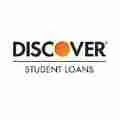 | Not Available | 15 minutes or less | 2.95 | 4.74 | View disclosures |
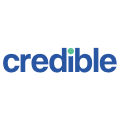 | 620 | 2 minutes | 5.38%-16.99%1 | 4.43%-16.99%1 | View disclosures |
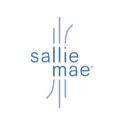 | Not Available | 15 minutes | 1.13% - 11.23%¹ (with autopay) | 3.50% - 12.60%¹ (with autopay) | View disclosures |
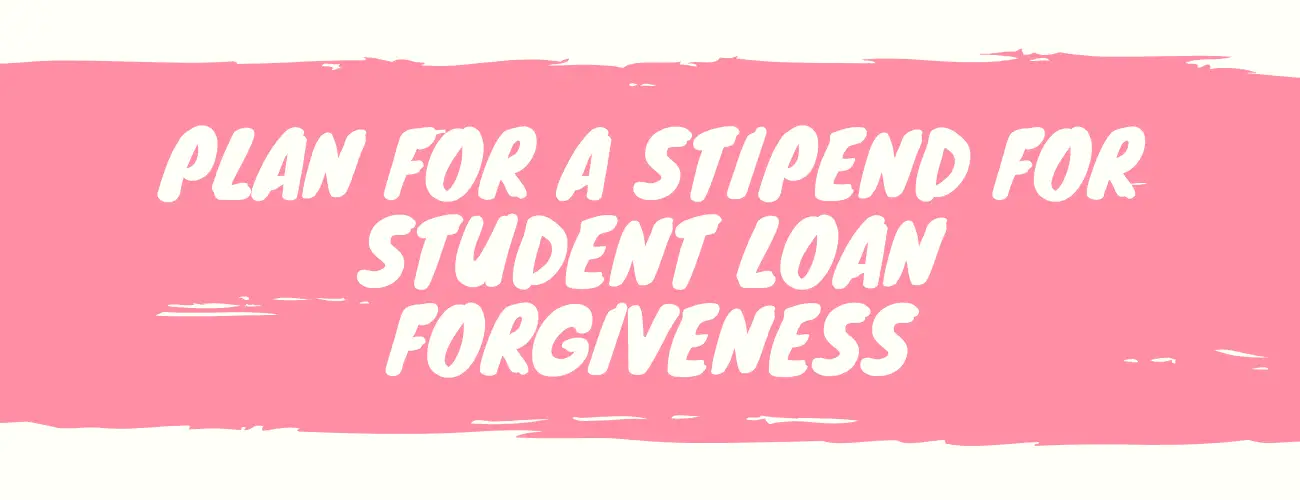
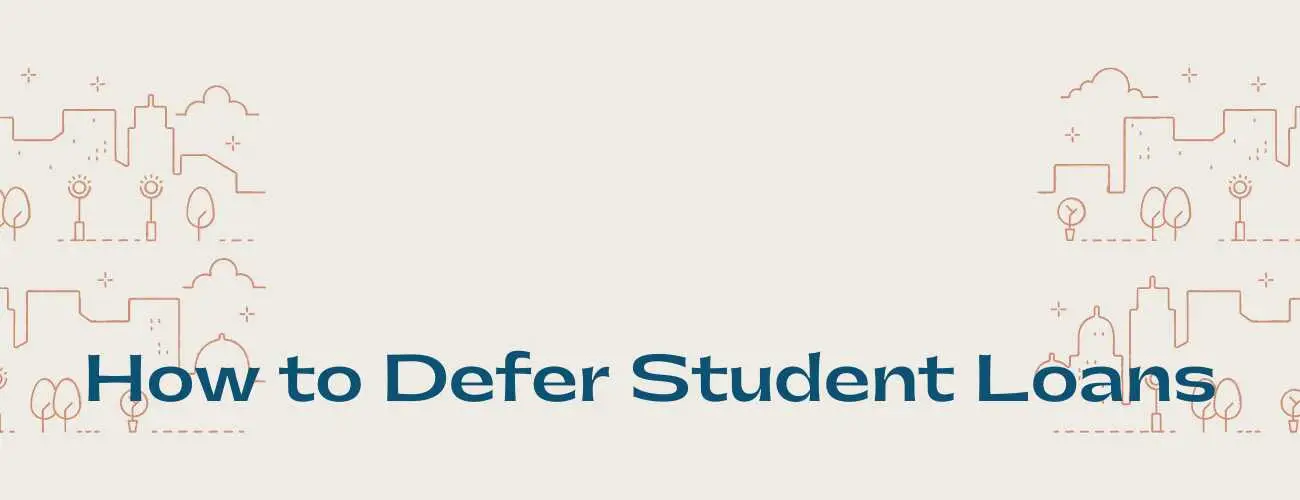
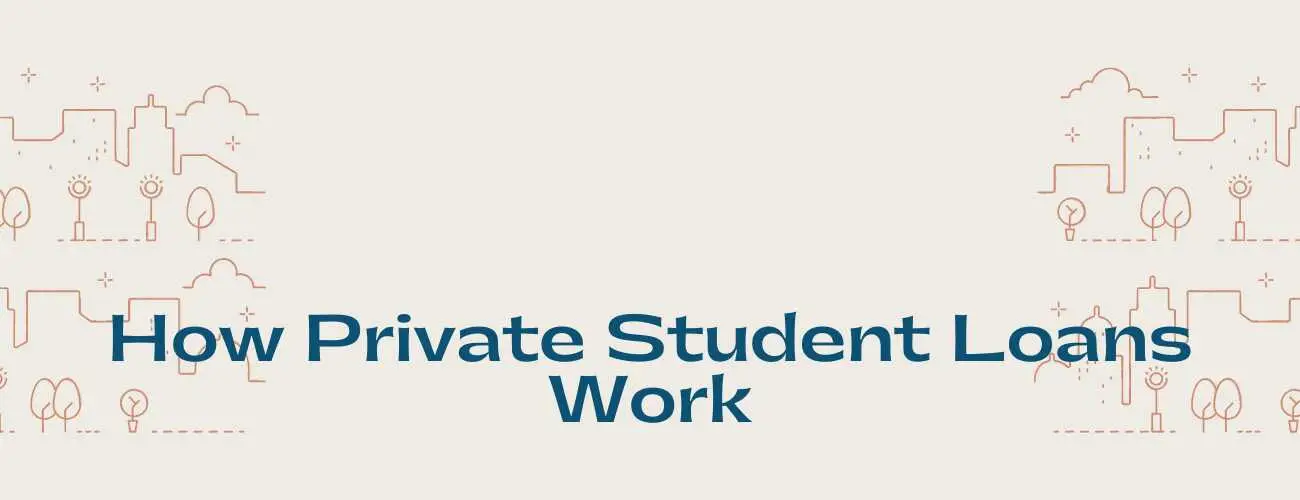
93.jpg)
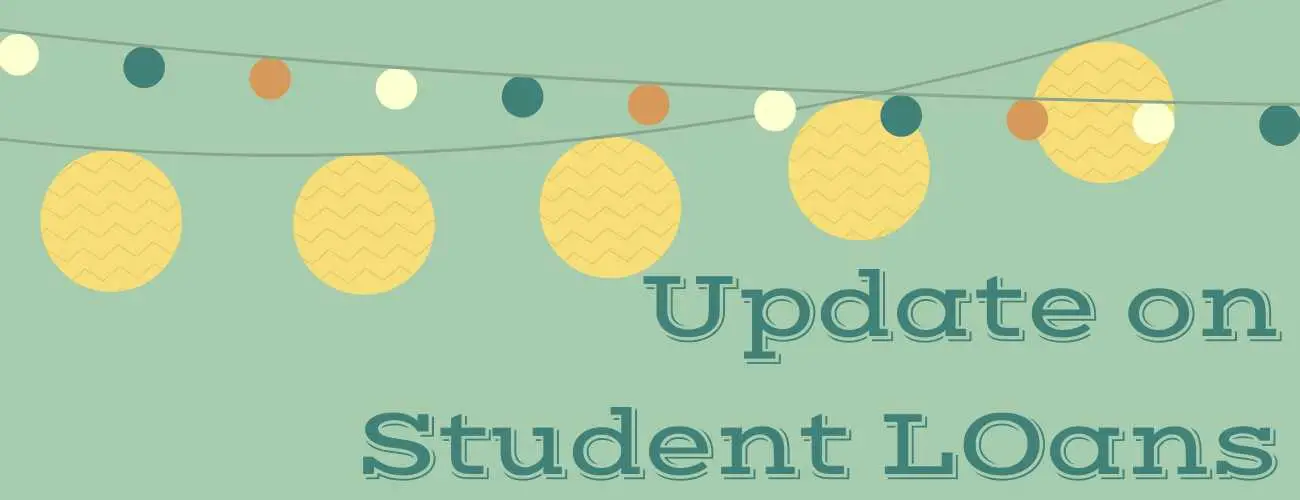
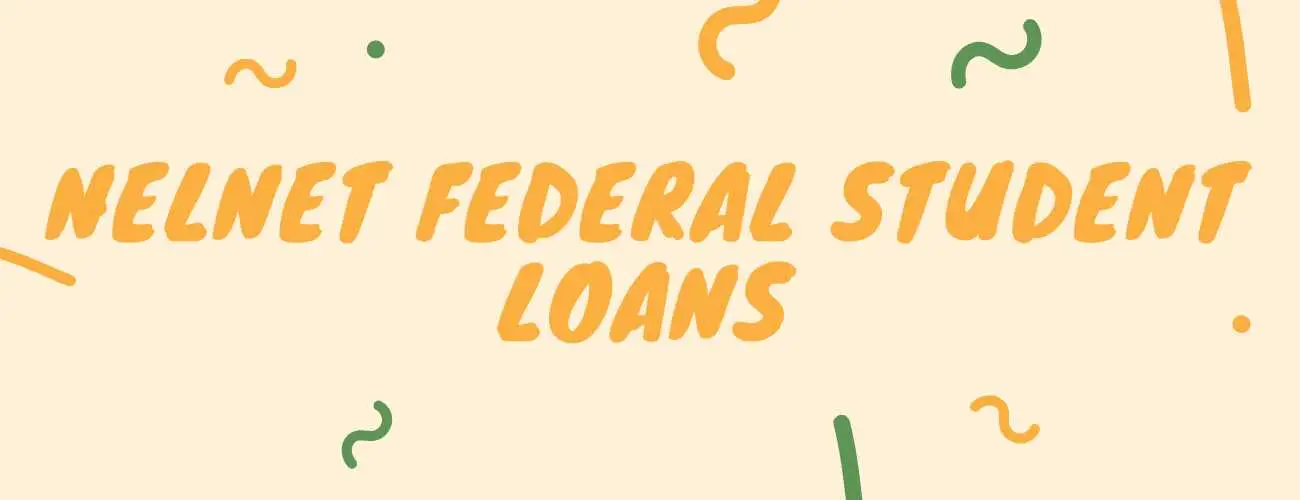
28.jpg)
